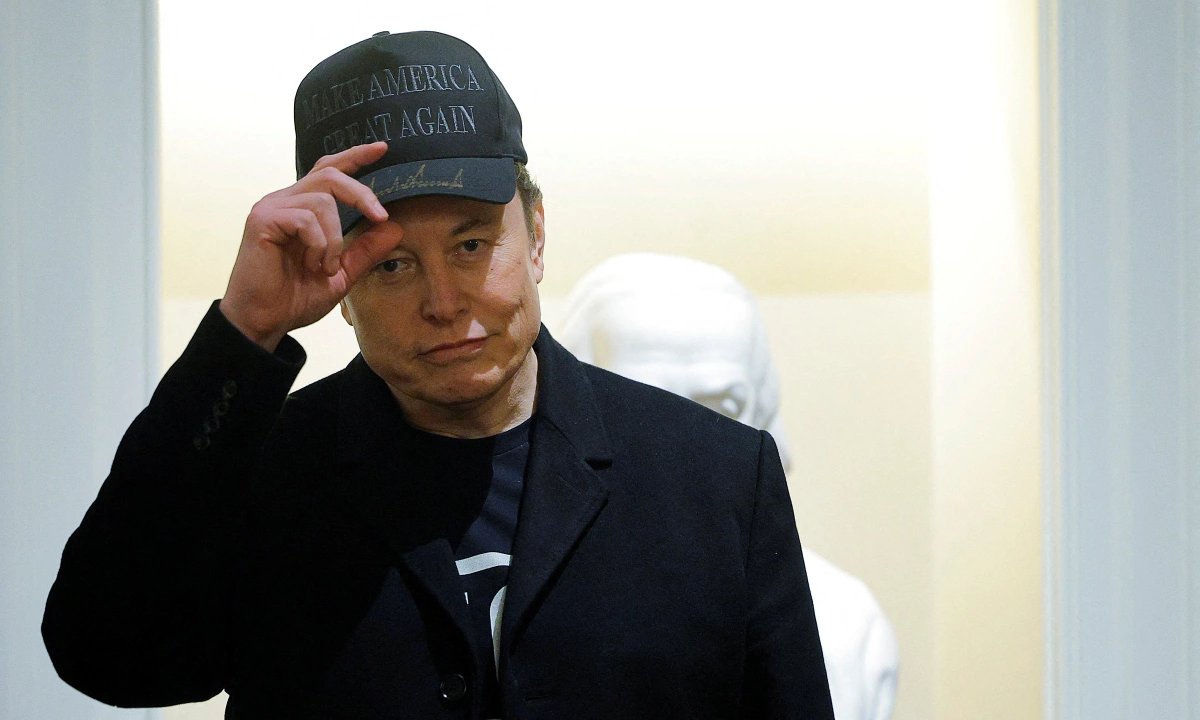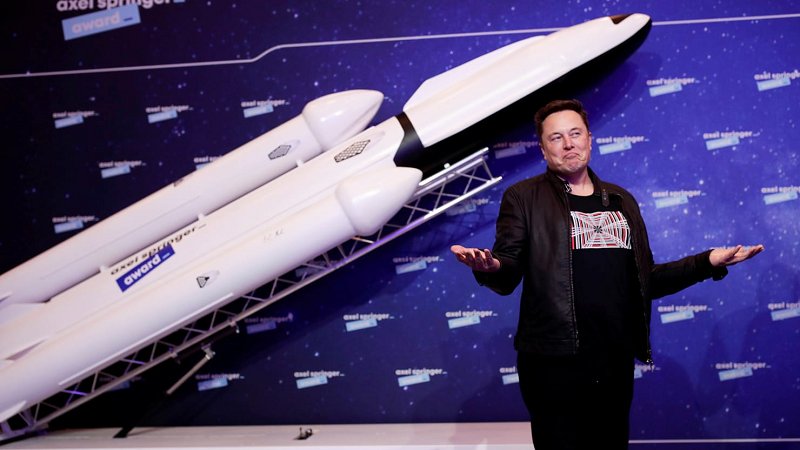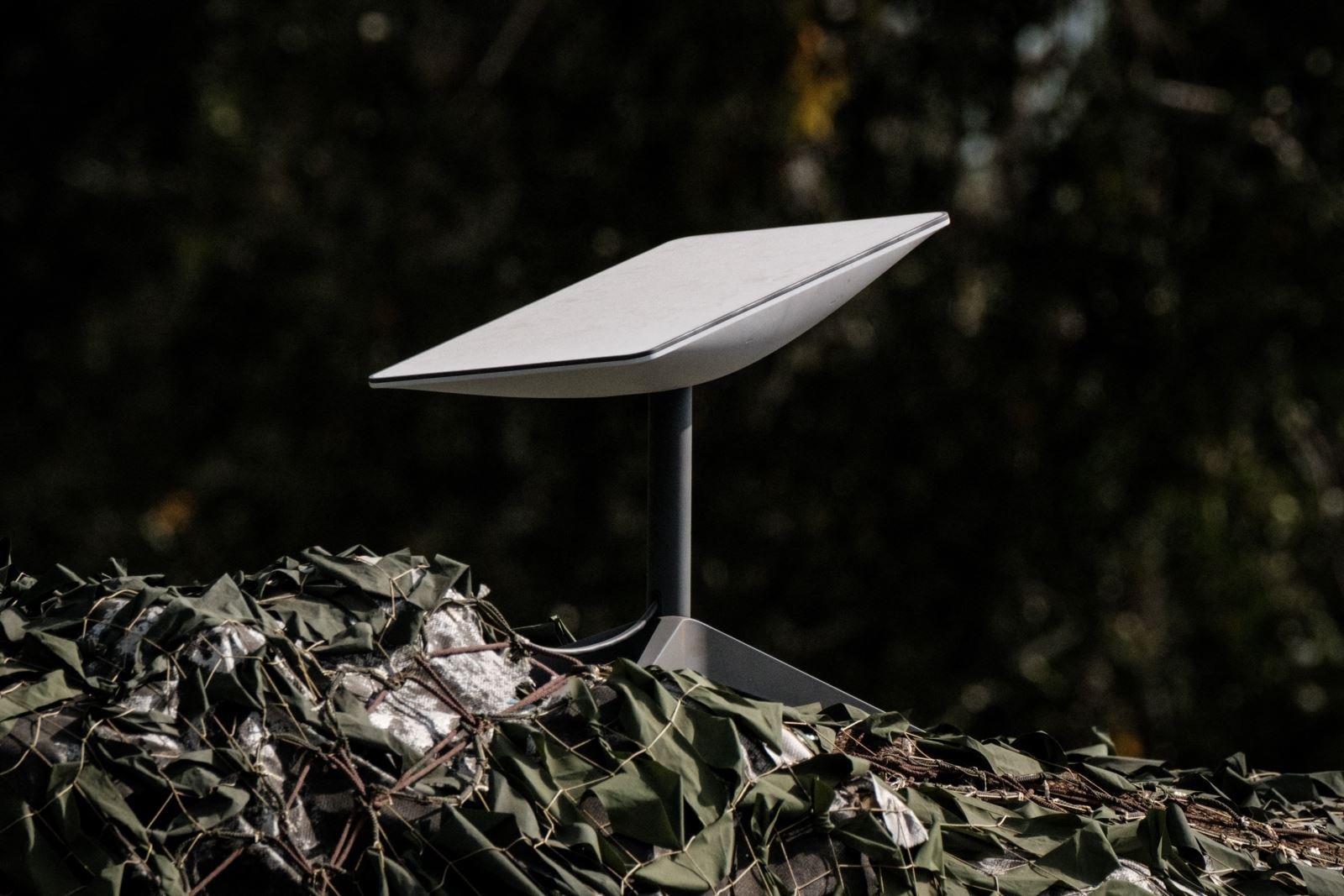In the ongoing conflict between Ukraine and Russia, technology has emerged as one of the most significant forces shaping the battlefield. Among the many tools leveraged by Ukraine, one stands out in both its importance and controversy: Elon Musk’s Starlink satellite internet system. What began as a lifeline in Ukraine’s darkest hour has since evolved into a complicated dependency, raising questions about national sovereignty, private influence over warfare, and the cost of relying on the whims of a tech billionaire.
### Starlink: A Lifeline Born of Crisis

When Russian missiles began raining down on Ukrainian cities in February 2022, one of the immediate casualties was internet connectivity. Critical communication systems were disrupted, leaving Ukrainian defense forces, hospitals, and government institutions unable to coordinate responses. In the face of this digital blackout, Starlink, SpaceX’s satellite internet constellation, became a crucial asset.
At the request of Ukrainian officials, Elon Musk activated Starlink over the country and shipped thousands of user terminals to help restore internet access. These terminals provided high-speed internet connectivity, even in regions with destroyed infrastructure. The system enabled Ukrainian forces to communicate securely on the battlefield, allowed emergency services to operate efficiently, and even ensured citizens could access information in real time.
Musk’s gesture was widely applauded as an act of humanitarian and technological intervention. But as the war dragged on and Starlink became deeply embedded in Ukraine’s military operations, questions emerged about who truly controlled this powerful tool.
### The Cost of Dependence
While Starlink provided Ukraine with a unique strategic advantage, it also introduced a dangerous dependency. Unlike traditional military equipment provided by allied governments, Starlink is a private enterprise, with decisions ultimately resting in the hands of Elon Musk and his company, SpaceX.
This became painfully clear in multiple instances where Musk’s involvement—or lack thereof—affected Ukraine’s operations. Reports have surfaced that Ukrainian officials were surprised when Starlink coverage abruptly stopped during planned military operations, including attacks on Russian forces in Crimea. Musk later admitted that he denied requests to activate Starlink in certain regions to avoid escalation and “World War III.”
This unprecedented level of influence by a private citizen over military decisions of a sovereign nation has sparked alarm not only in Ukraine but among global defense experts. It raises a fundamental question: Should any one individual have the power to shape the outcome of a war?
### Musk’s Shifting Role: From Philanthropist to Power Broker

Initially seen as a benefactor aiding a nation under siege, Elon Musk’s image has gradually shifted. As his interactions with Ukrainian officials became more complex, so too did his motivations. Starlink, which once appeared to be a philanthropic gift, became a geopolitical tool in its own right.
At various times, Musk has expressed conflicting views about the war. In late 2022, he proposed a controversial peace plan that included recognizing Crimea as Russian territory—a stance sharply criticized by Ukrainian leaders. His tweets and public statements have had real-world implications, affecting diplomatic relations and the morale of both Ukrainian citizens and troops.
Musk’s transformation from helpful tech visionary to reluctant power broker illustrates a broader problem: the increasing entanglement of private technology firms in global politics. In Ukraine, that entanglement has made Starlink both an asset and a liability.
### The Complexity of Military Integration
One reason Starlink has been so valuable to Ukraine is its integration with military operations. Unlike traditional satellite communications, which are often slow and difficult to deploy, Starlink offers low-latency, high-speed connectivity that works in remote areas and mobile environments. Ukrainian troops have used it to coordinate drone strikes, gather battlefield intelligence, and maintain encrypted communications.
This integration has made Starlink a critical part of Ukraine’s defense network—but it has also complicated its military strategy. When Starlink services were limited or deactivated in key areas, it forced Ukrainian commanders to re-evaluate operations mid-mission. The unpredictability of access undermines trust and introduces vulnerabilities that adversaries can exploit.
Moreover, the military dependence on a commercial provider introduces serious cybersecurity and reliability concerns. Who ensures the system is safe from hacking? What happens if the company decides to shut down services or change terms of use? These questions remain unanswered, highlighting the lack of oversight over private tech in warfare.
### The U.S. and NATO’s Role in the Starlink Dilemma

Given the strategic value of Starlink, it’s no surprise that the United States and NATO allies are closely watching the situation. Initially, SpaceX bore much of the financial burden of providing terminals and access to Ukraine, but as the war continued, the company requested funding support from the U.S. Department of Defense.
The Pentagon eventually agreed to a contract, but even then, Musk’s influence remained a wild card. There are ongoing concerns in Washington that one individual’s decisions could shape NATO-aligned military operations.
Some policymakers have proposed that Starlink—or similar services—be integrated more formally into Western defense systems under governmental oversight. Others argue for the development of state-owned alternatives that would eliminate the risk of private interference.
The Starlink situation in Ukraine serves as a case study in what happens when advanced technologies outpace the frameworks designed to govern their use.
### Starlink’s Impact on Civilians
Beyond the battlefield, Starlink has also played a pivotal role in the daily lives of Ukrainian civilians. In areas devastated by war, where terrestrial internet infrastructure is gone, Starlink provides a digital lifeline. Citizens have used it to access news, communicate with loved ones abroad, and continue online schooling or work.
Hospitals, refugee camps, and emergency services have relied on Starlink to maintain operations. For many, it has been the difference between isolation and connection, between chaos and order.
However, this civilian usage also reflects the scale of Ukraine’s dependence. A disruption in service, even if accidental or technical, could have widespread humanitarian consequences. The country’s digital infrastructure is now intertwined with a system that it neither owns nor fully controls.
### Ethical and Legal Grey Areas

As Ukraine’s relationship with Starlink deepens, it raises difficult ethical and legal questions. Is it appropriate for a private company to hold such immense sway in wartime? What legal recourse does a nation have when the provider of essential infrastructure refuses service?
Currently, international law does not offer clear guidance on the role of private technology in war. The Geneva Conventions and related protocols focus on state actors and traditional warfare, not corporate platforms or satellite networks.
Ukraine’s situation could become the precedent-setting case for how future wars navigate the blurred lines between private innovation and national security. But in the meantime, Ukrainian leaders are left grappling with the risks of their reliance on Starlink.
### Ukraine’s Search for Alternatives
Aware of the precariousness of its Starlink dependency, Ukraine has begun exploring alternative solutions. Some efforts involve building partnerships with other satellite providers, while others focus on developing domestic infrastructure that is more resilient to conflict.
However, replacing Starlink is no easy task. Its combination of global coverage, rapid deployment, and performance is unmatched by competitors. Moreover, the scale of Starlink’s deployment—thousands of terminals across the country—makes a transition both logistically and financially challenging.
Still, Ukraine is learning a hard lesson: in the age of hybrid warfare, digital independence is just as critical as military self-sufficiency. Building redundancy and reducing reliance on any single provider will be key to Ukraine’s long-term resilience.
### Conclusion: A Modern Battlefield Dilemma
Ukraine’s experience with Elon Musk’s Starlink encapsulates the promise and peril of modern warfare. On one hand, it has empowered a besieged nation to fight back with technological sophistication. On the other hand, it has exposed the vulnerabilities of relying on private actors for critical national infrastructure.
As the war continues and technology becomes ever more central to conflict, Ukraine’s reliance on Starlink serves as both a warning and a lesson for the world. Sovereign nations must rethink how they engage with tech giants—not just as partners, but as powerful actors whose decisions can shape history.
The future of warfare may not just be determined by armies and strategies, but by algorithms, satellite constellations, and the unpredictable choices of a few influential individuals.
